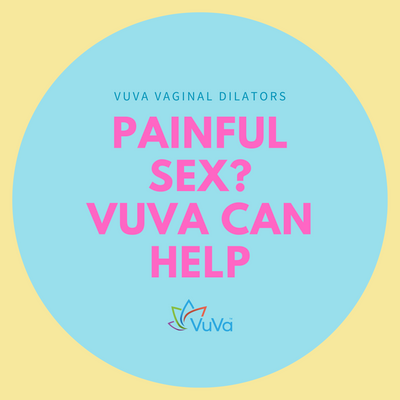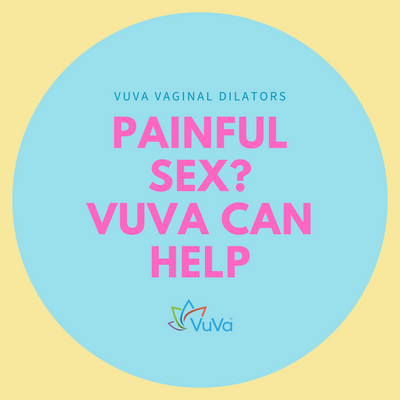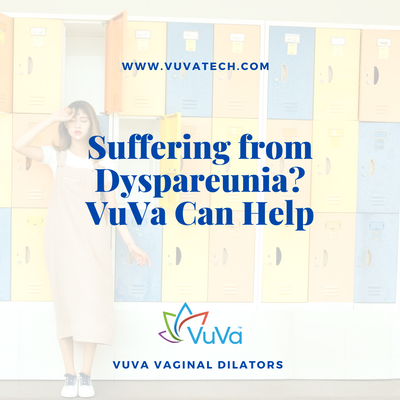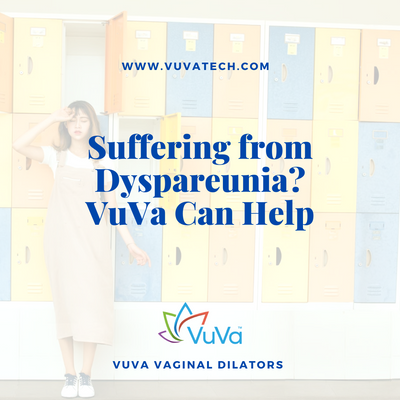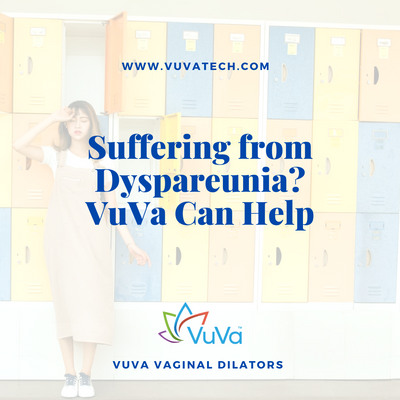
| Tara Langdale
The Definition of Pelvic Pain: Is it just endometriosis?
Pelvic pain is an uncomfortable reality for countless women.
Because it is often difficult to pinpoint the cause, it leaves many wondering where to start when it comes to fixing it. In fact, pelvic pain has a wide range of potential causes, meaning that diagnosis is the first challenge to overcome.
With the modern rise of gynecological issues such as endometriosis, it’s easy to misinterpret the cause of pelvic pain. You may read up on a problem like endometriosis and conclude that this is what you’re suffering from, when actually it could be something entirely different. To help you get to the bottom of your pelvic pain, this article takes a look at the definition of pelvic pain, its five most common causes and a few other possibilities…
What is pelvic pain?
Pelvic pain is defined by pain or discomfort in the lower section of the abdomen, specifically between the naval and the groin. It might consist of a dull ache, a feeling of pressure, sharp shooting pains, twinges or feelings of uncomfortable tightness. It sometimes occurs concurrently with other symptoms, like vaginal discharge, unexpected bleeding or lower backache.
This kind of pain might be temporary, recurring or chronic, depending on the underlying reasons for it. In women, pelvic pain can be caused by problems with the reproductive organs, urinary tract or pelvic floor muscle group. Sometimes menstrual cramps are the cause, or perhaps you have an intestinal condition or a sexually transmitted infection.
5 common causes of pelvic pain
There are a large number of reasons you may have developed pain in the pelvic area. The following five are some of the most common causes:
-
Menstrual cramps and ovulation
Menstrual pain and cramps are one of the most common causes of pelvic pain in women, and it is usually easy to pinpoint the cause. It is very normal to experience pain when the uterus contracts in order to shed its lining. This pain may be at its most intense for the first one or two days, but for some, continues to the end of the period. This pain is characterized by a dull ache and sharper pains from muscle spasms.
During ovulation, it is normal for women to feel pain sensations on one side of the pelvis, depending on which fallopian tubes released an egg. This happens in the middle of the menstrual cycle, and can feel like a pulsing ache that lasts for minutes, or sometimes hours.
It is important to note that when menstrual pain is severe, or happens during other parts of the cycle, this may indicate the presence of an underlying condition such as endometriosis. If you suspect this, it is a good idea to consult your healthcare provider.
-
Endometriosis
Endometriosis is a modern problem affecting increasing numbers of women. Now that more awareness exists around endometriosis, many women are wondering if this is the reason for their pelvic pain. It is difficult to diagnose and may require an exploratory operation to do so, and it is important to catch early if possible. It can cause inflammation in the pelvis, and in some cases, infertility.
Endometriosis is the name for the condition in which the endometrium (the tissue lining the womb) starts growing outside of the womb. This tissue bleeds during the menstrual cycle, which can cause pelvic adhesions, meaning that organs are fused together with scar tissue. It is often a chronic and painful condition that doesn’t get better without treatment. This kind of pelvic pain can be mild or severe, but if you suspect you might have endometriosis, you should consult your Doctor as soon as possible.
-
Cystitis, urinary tract infections (UTIs) or interstitial cystitis
Cystitis is a common problem. It happens when the bladder gets inflamed due to bacteria from the vagina, rectum or skin entering the urethra and moving to the bladder. Cystitis affects the bladder, whereas other UTIs can happen anywhere in the urinary tract. They are usually easy enough to treat with natural or over-the-counter products. However, women may be more susceptive to recurring UTIs during the perimenopause.
Then there is interstitial cystitis, which is much more problematic. This can be a chronic condition consisting of ongoing bladder inflammation, and unfortunately there is no known cause. Interstitial cystitis usually means pain when urinating, urgency (even when you don’t need to go), pelvic pain and pain during sexual intercourse. Until more studies are done on the issue, symptom management may be the best hope.
-
A tight pelvic floor
A tight (hypertonic) pelvic floor could be the cause of your pelvic pain. This is a very common issue as lots of things can trigger it. For instance, too much working out, too many kegels, holding onto stools or urine too long, irritable bowel syndrome, other pelvic conditions and even stress can cause the pelvic floor muscles to tighten up. This results in various types of pain, including muscles spasms and contractions, problems going to the toilet (including pain), lower back pain and painful sex. You can relax the pelvic floor by walking and stretching, but if the pelvic pain is persistent, you may need to see a pelvic floor physical therapist.
-
Pelvic inflammatory disease
Pelvic inflammatory disease (PID) is womb infection in which the surrounding tissues can get damaged and scarred, especially if it is left untreated (which can also lead to infertility). You may develop PID if bacteria enter the womb via the cervix. Most commonly it develops after a sexually transmitted infection like chlamydia or gonorrhea. Pelvic pain is a common symptom, but you might also experience abnormal discharge or bleeding.
Other possible causes of pain in the pelvic area
There are other relatively common causes of pelvic pain, so it’s worth learning a little about those if you haven’t yet pinpointed the reason for yours. It is possible that your pelvic pain is caused by any of the below conditions:
- Uterine fibroids
- Ovarian cysts
- Irritable bowel syndrome
- STIs
- Ectopic pregnancy
- Bladder or kidney stones
- Appendicitis
- Tumors
If you are undecided on why you have pelvic pain it is wise to get checked out by a medical professional. Pelvic pain is not only disruptive to your life – it could become more problematic over time if left untreated. If you’re looking for more information, don’t forget to check out our blog for a library of articles on pelvic pain disorders.
Resources
Nichd.nih.gov/health/topics/pelvicpain/conditioninfo/causes
Acog.org/womens-health/faqs/dysmenorrhea-painful-periods
Aafp.org/afp/2010/0715/p141.html
Ncbi.nlm.nih.gov/pmc/articles/PMC4708560/
Do you have painful intercourse?
Dilator therapy helps improve pelvic health and female sexuality. They are used to help a wide variety of female health concerns. Speak to your doctor today about how dilator therapy can help you.
Do you need to order vaginal dilators so you can start your pelvic floor therapy process? Made in the USA. Visit www.vuvatech.com
VuVa Dilator Company Helpful Links:
How do Neodymium Vaginal Dilators work?
7 Reasons for a Tight Vagina and How to Loosen
How to Relax Vaginal Muscles, Vaginismus & Sex
Vaginal Stretching - Keeping in Shape with Dilators
Do Dilators Really Work? Yes, and They can Improve Your Sex Life!

